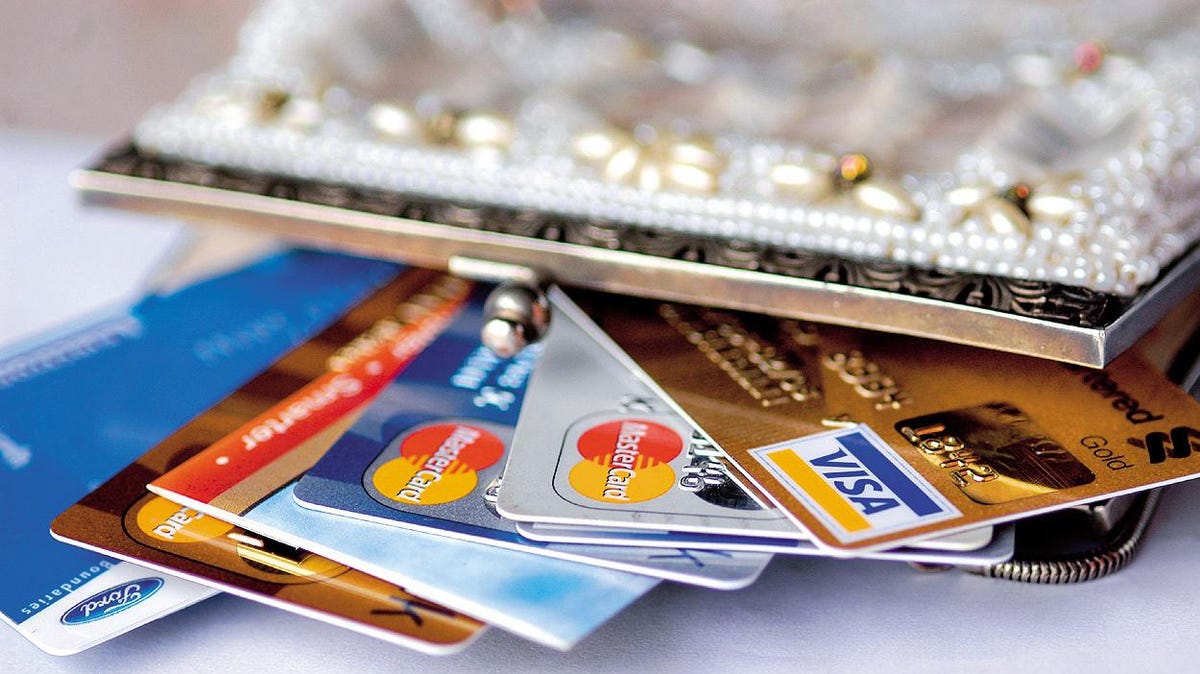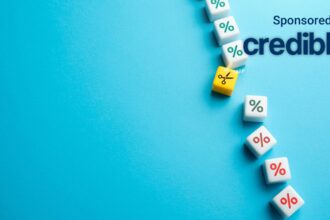My husband and I crushed $300,000 of debt in 3 years, but it wasn’t a straight-line journey. There were many times we lost steam and were ready to give up. Here are three simple tips to jump-start your journey to debt freedom.
Pick A Credit Card To Pay Off $1,000 In The Next 30 Days
If you are someone who has a lot of debt and feels overwhelmed, this is a great way to start paying it off little by little. This is a challenge I issue to the Crush Crew, my community of students working toward financial independence. They are each tasked with paying off $1,000 of debt in their first month.
Credit card debt is the first place to look at paying down, especially with interest rates currently at around 24%.
Paying off $1,000 of debt with that cash is a bit like shock therapy. It’s not enough to turn your financial fears upside down, but just
just
It’s a challenge for cash hoarders who have enough cash to pay off their debt, but are afraid to because they are conditioned to keep money in their bank account, even when they are paying interest on debt.
You’re Smart Enough To Find $33 A Day
For those that don’t have $1,000 of cash immediately available, we break down that amount so that they are tackling it weekly or daily instead. In a month, it would be $250 a week or in 30 days about $33 a day.
Past students have gotten creative when tasked with the $33 a day to:
- cut small purchases like eating out or shopping
- sell clothes, jewelry, collectibles or furniture
- negotiate their balances with the credit card companies
- shop around their car and home insurance
- cancel streaming services they didn’t use as much
Thirty-three dollars feels a lot more doable than $1,000.
Jump-Start Your Planning With A 7-Day Money Cleanse
Challenge yourself to save from any unplanned purchases for the first seven days.
Think of it like a juice cleanse, except for your spending habits and not your gut health.
The debt free community sometimes interprets this as a “no spend week,” but the terminology makes it feel more restrictive than restorative. Instead, set an allowance for necessities and give yourself permission to buy what you deem necessary.
For instance, if you need to buy groceries, you can purchase them, but only within a pre-set amount. Then during the week, if there’s something you want to buy that isn’t necessary, write it down with the price.
Come back to your list after the week is over. If you still want to buy these items, then by all means, go ahead! But chances are, those impulse desires in the moment will have passed, and you’ve saved yourself some money that week.
Add up the total you would have spent on those items you chose not to buy, and put it toward paying off your debt instead.
Close The Payoff Gap With My ‘Declutter The Date’ Game
The challenge is over the course of a month in which you donate or trash the number of items on the date, for every day of the month.
For every item you declutter, pay a dollar toward your debt.
For example, you would donate or trash one thing you don’t need anymore on April 1. For that 1 item, pay $1 toward your debt.
On April 2, you get rid of two things and pay $2 toward your debt and so on until the end of this month.
It doesn’t have to be huge or valuable items. It could be stacks of paper you’ve been meaning to shred, packets of fast-food sauces, or household items that are collecting dust.
If you plan on donating items, you can set a box close to your door and bring it to the car each time you leave the house.
The first few days are easier, but around the middle of the month, it starts to get harder to find 15, 16 or 17 things to let go of. But that’s part of the fun!
The declutter game reminds me how much of the stuff I buy loses its intrinsic value with time. It will help you focus on buying things that will last longer, or not take up space in the future, while connecting your past spending with paying down your debt.
If you stick to this game for one month, you will pay off $465 and get rid of 465 items!
Bottom Line
The $1,000 goal feels more doable once you start to get creative about how to save or make an extra $33 a day, rather than thinking of how to come up with $1,000.
Reframing my debt into smaller, short-term challenges, rather than a huge long-term burden helped me pay down debt faster and stay on track for the three years it required for me to become debt free.
Read the full article here










